Les barres en carbure constituent l'épine dorsale de diverses applications d'usinage et d'outillage. Lorsque vous avez besoin de précision et de durabilité, tiges droites en carbure à trou de refroidissement sont votre solution de choix. Pourquoi ? Elles sont robustes, résistantes à l'usure et peuvent supporter des conditions d'usinage extrêmes comme un champion. Plongeons dans ce sujet fascinant et explorons les moindres recoins de ces merveilles d'ingénierie.
Qu'est-ce qu'une tige droite en carbure de tungstène ?
Les tiges en carbure à trou d'arrosage droit sont des outils de haute performance utilisés principalement dans la fabrication. Ces tiges sont fabriquées en carbure de tungstène et comportent des canaux d'arrosage rectilignes sur toute leur longueur. Ces canaux permettent un refroidissement et une lubrification efficaces pendant l'usinage, ce qui réduit l'usure de l'outil et améliore les performances. Il s'agit des héros méconnus des machines CNC et des outils de coupe.
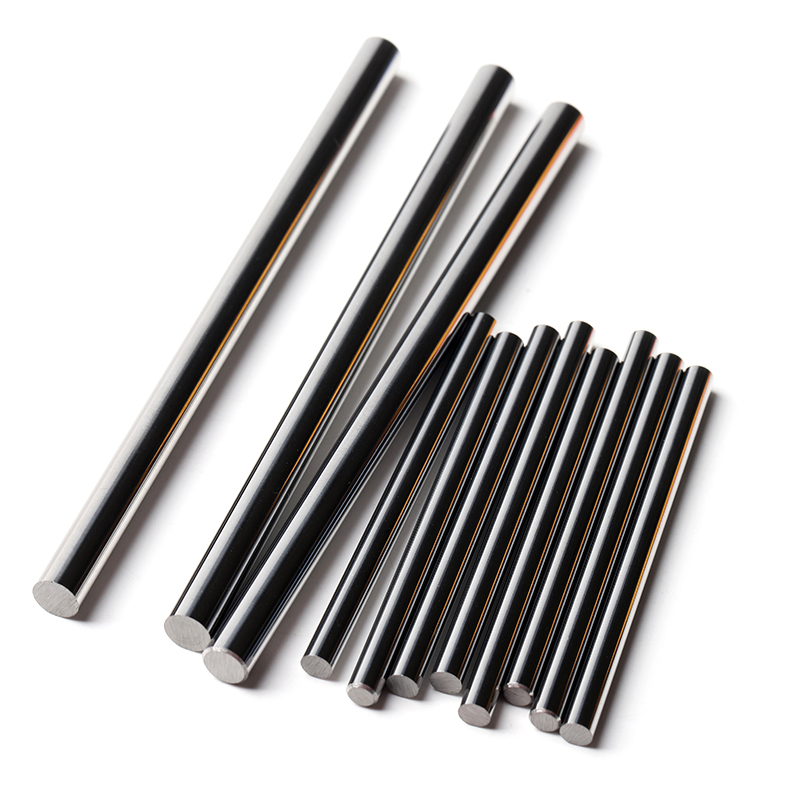
Types de Tiges droites en carbure à trous de refroidissement
| Type | Description |
|---|---|
| Tiges à trou de refroidissement unique | Comprend un trou droit pour l'écoulement du liquide de refroidissement. Idéal pour les besoins de refroidissement moins complexes. |
| Tiges à double trou de refroidissement | Deux trous d'arrosage parallèles assurent une meilleure efficacité de refroidissement, en particulier dans les applications d'usinage à grande vitesse. |
| Tiges pleines avec trous de refroidissement | Combinent une grande intégrité structurelle avec un refroidissement efficace. Utilisé dans les applications lourdes où la résistance est cruciale. |
| Tiges hélicoïdales à trous de refroidissement | Ils offrent un meilleur refroidissement grâce à des canaux en spirale, réduisant les points chauds dans les outils et prolongeant leur durée de vie. |
| Tiges de diamètre personnalisé | Disponibles en différents diamètres pour répondre aux besoins d'usinage spécialisés. |
| Tiges à trous pour micro-liquide de refroidissement | Conçu pour les tâches d'usinage à petite échelle nécessitant un refroidissement de précision. |
| Tiges de refroidissement à usage intensif | Optimisé pour l'usinage de matériaux résistants tels que l'acier inoxydable et le titane. |
| Barres en carbure avec revêtements | Ils sont dotés de revêtements supplémentaires résistants à l'usure tels que le TiN, le TiAlN ou le diamant pour améliorer les performances dans des applications spécifiques. |
| Tiges de refroidissement aux normes ISO | Conforme aux normes internationales en matière de taille et de composition, garantissant la compatibilité avec les machines mondiales. |
| Tiges de longueur personnalisée | Adaptés à des longueurs spécifiques pour répondre à des configurations opérationnelles uniques. |
Analyse des matières premières et de la composition
Les tiges droites en carbure de tungstène pour trou de refroidissement sont principalement fabriquées à partir de carbure de tungstèneIl s'agit d'un composé de tungstène et de carbone. La composition est souvent ajustée pour équilibrer la dureté, la ténacité et la résistance à l'usure.
Composition typique
| Matériau | Pourcentage | Objectif |
|---|---|---|
| Carbure de tungstène | 85-97% | Fournit la dureté et la durabilité essentielles pour les outils de haute performance. |
| Liant en cobalt | 3-15% | Ajoute de la ténacité et aide à lier les particules de carbure de tungstène. |
| Traces d'additifs | <1% | Améliorer des propriétés spécifiques telles que la résistance à la corrosion ou la stabilité thermique. |
Applications des tiges droites en carbure pour trous de refroidissement
| L'industrie | Application |
|---|---|
| Aérospatiale | Utilisé pour le perçage et l'usinage de précision de composants de turbines et de pièces de fuselage. |
| Automobile | Indispensable pour l'usinage de composants de moteurs, de pièces de transmission, etc. |
| Équipement médical | Utilisé dans la production d'outils chirurgicaux et d'implants nécessitant une grande précision et une bonne hygiène. |
| Pétrole et gaz | Employé dans la fabrication d'équipements et de composants de forage confrontés à des environnements à haute pression. |
| Outil et matrice | Ils font partie intégrante de la création de matrices, de moules et d'outils de coupe avec une précision supérieure. |
| Électronique | Permet de fabriquer des composants petits et précis tels que des connecteurs et des pièces semi-conductrices. |
| La construction | Permet des applications lourdes dans l'usinage de matériaux de construction tels que l'acier renforcé et les alliages durs. |
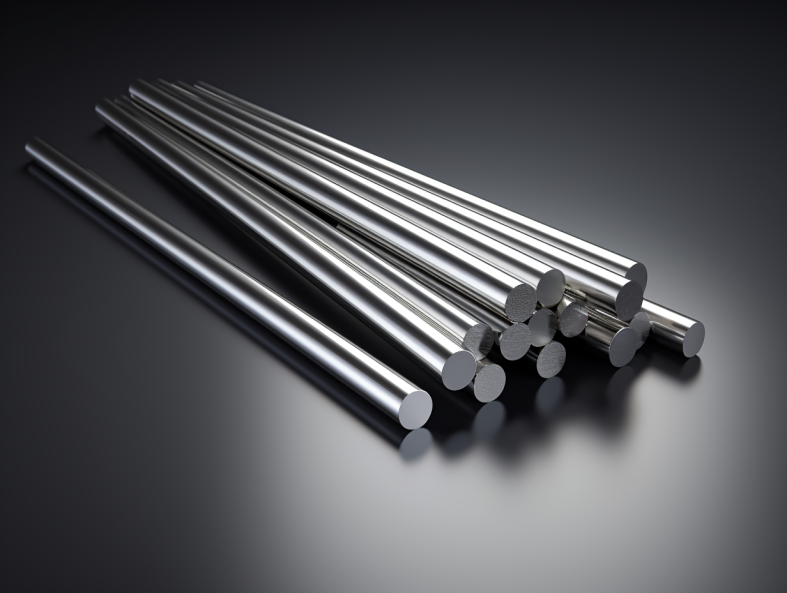
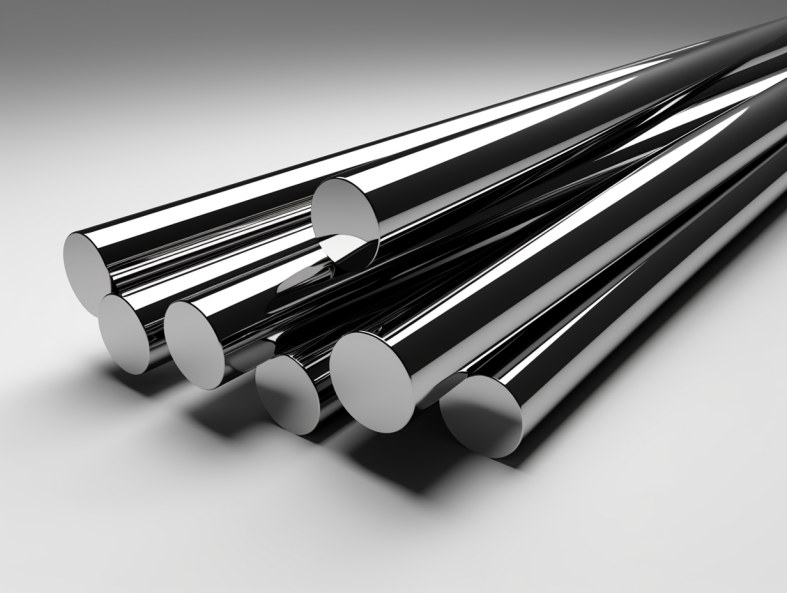
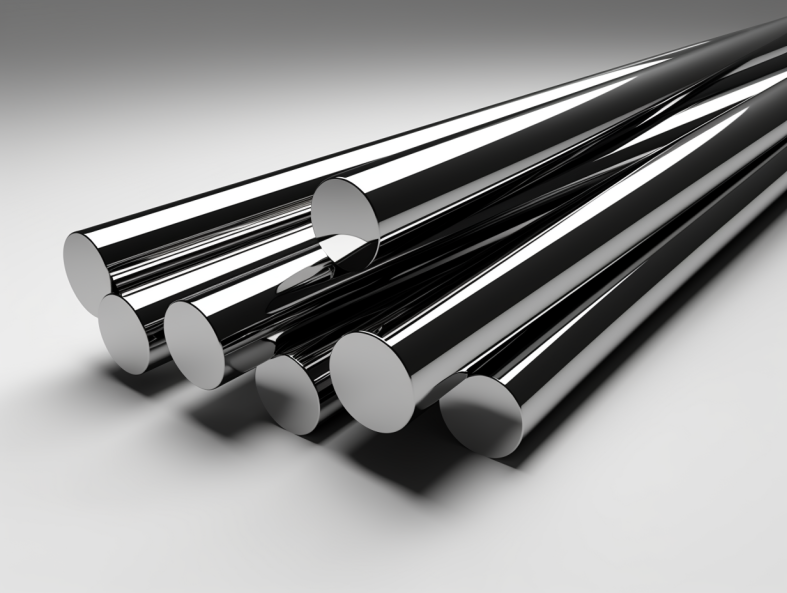
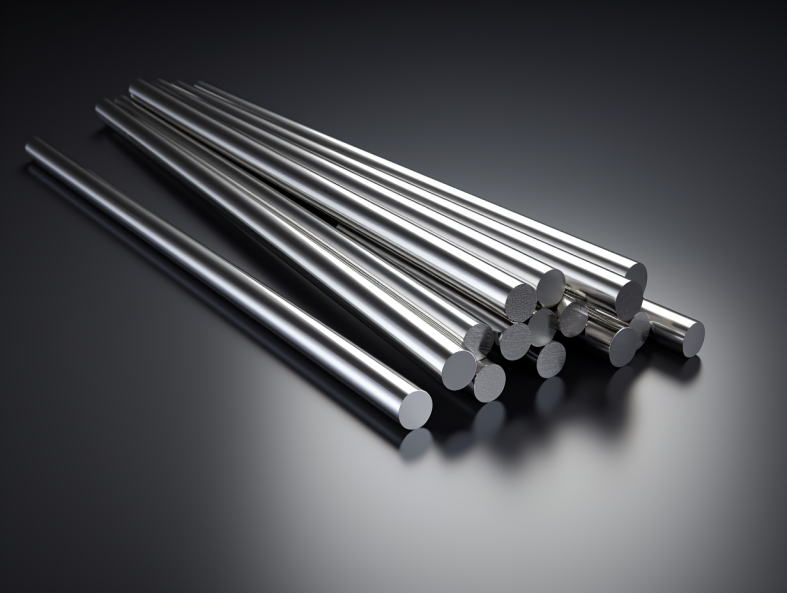
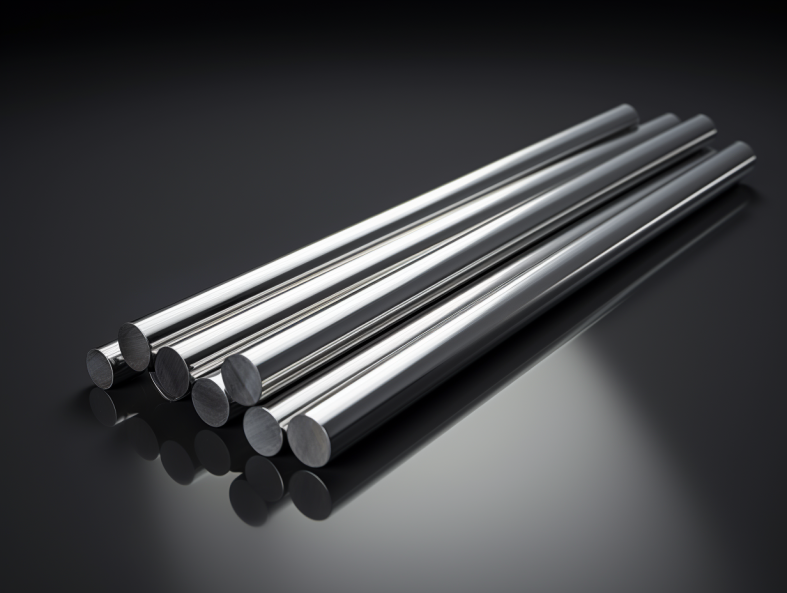
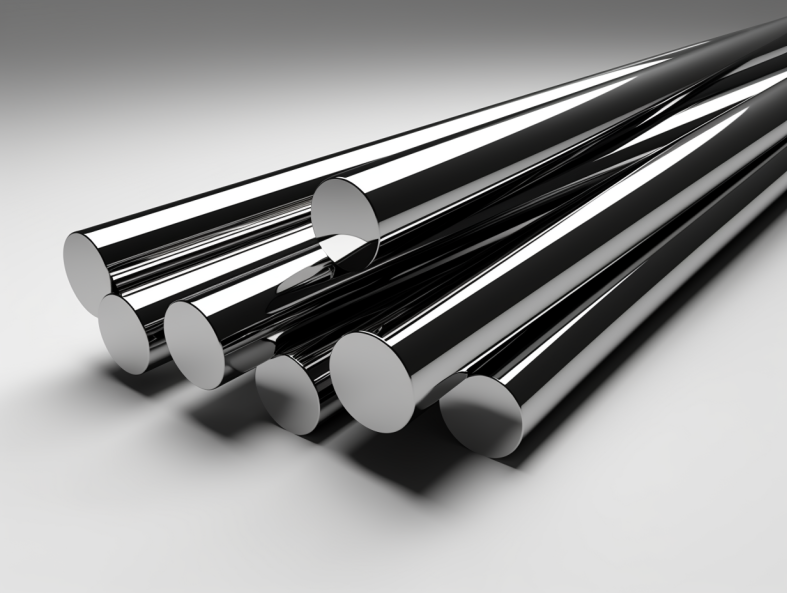
Processus de production des tiges de carbure à trou de refroidissement droit
La création de tiges de carbure à trou de refroidissement droit est un processus méticuleux. Voici comment cela fonctionne :
- Préparation de la poudre: La poudre de carbure de tungstène est mélangée à du cobalt et à d'autres liants.
- Mélange: Le mélange est homogène afin de garantir des propriétés constantes.
- Compactage: La poudre est pressée sous forme de barres avec des canaux pour les trous de refroidissement.
- Pré-frittage: Les barres sont chauffées à des températures plus basses pour renforcer leur structure avant le frittage final.
- Frittage: Le frittage final à haute température permet d'obtenir un produit dense et robuste.
- Refroidissement: Le refroidissement lent assure la stabilité et minimise les contraintes internes.
- Finition: Comprend le meulage, le polissage et les contrôles de qualité pour répondre aux normes de précision.
Propriétés matérielles des Tiges droites en carbure à trous de refroidissement
| Propriété | Plage de valeurs | Importance |
|---|---|---|
| Dureté | 89-94 HRA | Assure une excellente résistance à l'usure et une grande longévité. |
| Densité | 14,1-15,1 g/cm³ | Fournit la robustesse nécessaire pour les applications lourdes. |
| Résistance à la traction | 2500-4000 MPa | Permet aux tiges de supporter des contraintes importantes sans se déformer. |
| Conductivité thermique | 60-100 W/m-K | Facilite la dissipation efficace de la chaleur pendant l'usinage à grande vitesse. |
| Résistance à la flexion | 400-650 MPa | Permet de s'assurer que les tiges peuvent supporter les forces de flexion pendant l'utilisation. |
Spécifications, tailles et normes
| Paramètres | Options disponibles |
|---|---|
| Diamètre | 0,5 mm à 25 mm |
| Longueur | 50 mm à 330 mm |
| Taille du trou de refroidissement | 0,2 mm à 10 mm |
| Normes | ISO 9001, DIN, ANSI |
| Formes | Profilés cylindriques, hexagonaux ou personnalisés. |
Choisir la bonne tige droite en carbure pour trou de refroidissement
| Facteur | Considération |
|---|---|
| Type de matériau | Choisissez en fonction de la dureté et de la résistance requises pour votre application. |
| Conception des trous de refroidissement | Choisir un trou simple ou double en fonction des besoins de refroidissement. |
| Vitesse d'usinage | Les vitesses plus élevées bénéficient de trous de refroidissement hélicoïdaux pour une dissipation efficace de la chaleur. |
| Taille de l'outil | Adaptez le diamètre et la longueur de la tige aux spécifications de votre outil. |
| Coût | Optez pour des options rentables sans faire de compromis sur la qualité. |

Avantages et limites
| Avantages | Limites |
|---|---|
| Résistance à l'usure et longévité supérieures. | Coût initial plus élevé que celui des tiges standard. |
| Le refroidissement amélioré réduit l'usure de l'outil. | Nécessite une manipulation et une mise en place précises. |
| Applications polyvalentes dans tous les secteurs d'activité. | Flexibilité limitée pour certaines personnalisations. |
| Les normes ISO garantissent une compatibilité globale. | La disponibilité peut varier en fonction du fournisseur et des spécifications. |
FAQ
| Question | Réponse |
|---|---|
| Qu'est-ce qui rend les tiges en carbure à trous droits uniques ? | Leurs trous de refroidissement améliorent la lubrification et la dissipation de la chaleur pendant l'usinage. |
| Comment choisir la bonne canne à pêche ? | Tenez compte du matériau, du diamètre, de la longueur et de la conception du trou de refroidissement en fonction de votre application. |
| Peuvent-ils être personnalisés ? | Oui, de nombreux fabricants proposent des tailles et des spécifications personnalisées. |
| Quelles sont les industries qui utilisent ces tiges ? | Aérospatiale, automobile, médecine, construction, etc. |
| Quelle est la durée de vie typique de ces tiges ? | Cela dépend de l'utilisation, mais avec un entretien adéquat, elles durent beaucoup plus longtemps que les cannes traditionnelles. |




